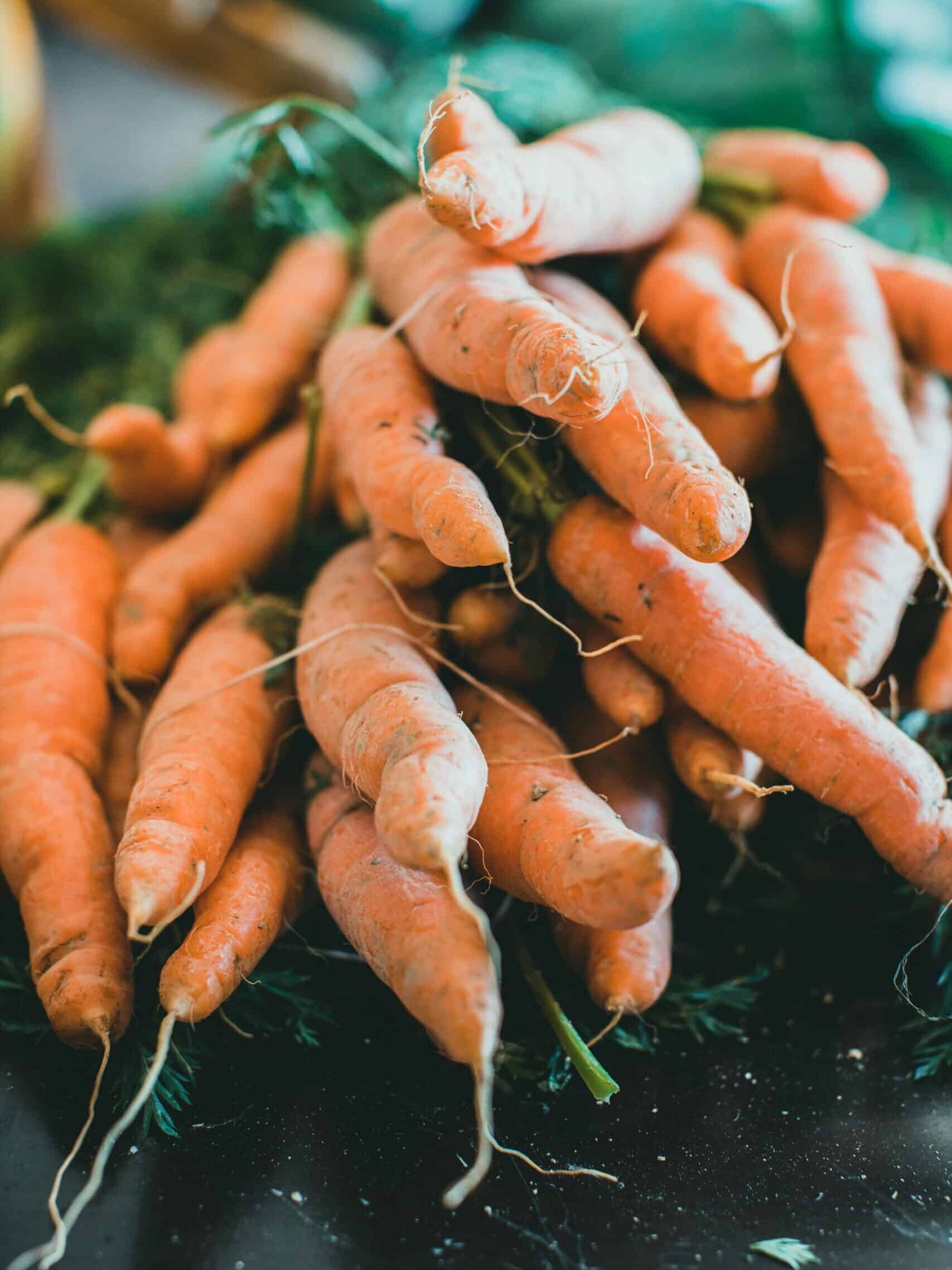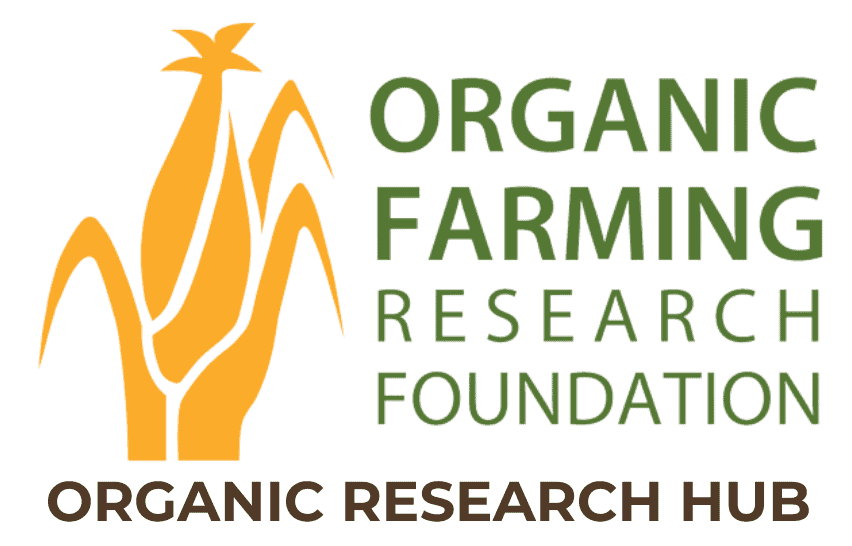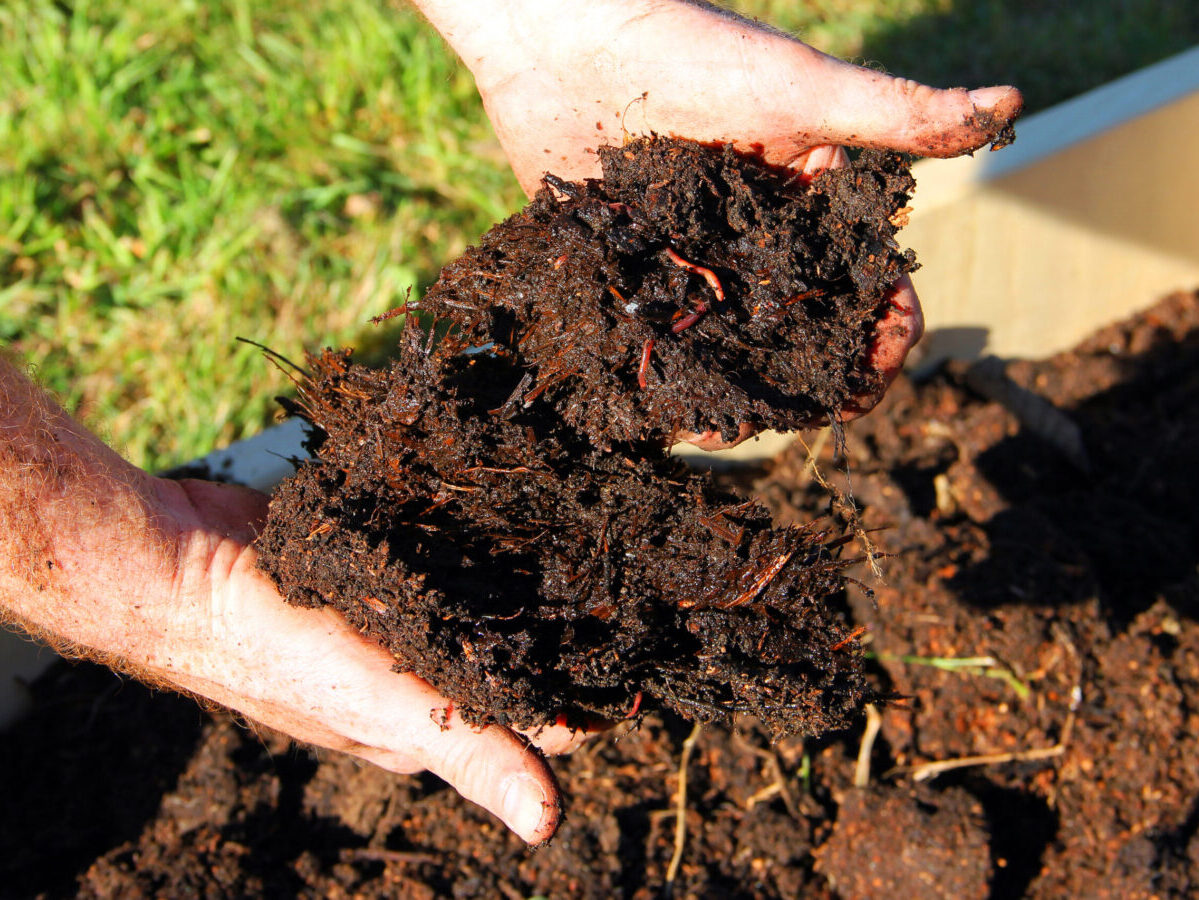Optimizing Organic Carrot Yield and Quality Using Fish Emulsions, Cyanobacterial Fertilizer, and Seaweed Extracts
Project Director: Allison Wickham, Colorado State University
Project Overview
Liquid fertilizers are often used by farmers to supply crops with supplemental nitrogen (N) mid-season, as it is easier to control N inputs and application rates for liquid fertilizers than it is for other organic N sources such as manure or compost. However, liquid fertilizers can be costly, and transporting fertilizers to the farm can have a large carbon footprint.
Cyanobacterial fertilizer (cyano-fertilizer) is an alternative to traditional liquid fish fertilizers and is derived from cyanobacteria (blue-green algae), a N-fixing prokaryote. Cyanobacterial fertilizers are rich in N and can be produced on-farm at a relatively low cost; as such, cyanobacterial fertilizer has the potential to be an environmentally and economically sustainable source of N fertilization for organic cropping systems.
Phytohormones are chemical compounds produced by plants that can regulate mechanisms such as growth, development, nutritional value, water use efficiency, and response to external stimuli. Applying phytohormones (often in the form of purchased seaweed extracts) to crop foliage or as a soil soak can provide yield and quality benefits to a crop, although research on this subject is still developing.
This study evaluated the impact of liquid organic fertilizers (fish and cyanobacterial) and foliar seaweed extracts on carrot yield and quality across two growing seasons in Colorado.

Farmer Takeaways
- Mid-season N applications of cyanobacterial fertilizer may enhance carrot growth, yield, and marketability characteristics, although longer-term studies are needed to understand the full extent of these relationships.
- Cyanobacterial fertilizer, which performed similarly to or better than traditional liquid fish fertilizers across several carrot growth/quality metrics, may serve as a sustainable alternative to liquid fish fertilizers.
- The application of foliar seaweed products had little-to-no impact on carrot growth, yield, and quality.
Project Objectives and Approach
To evaluate the capacity of cyanobacterial fertilizer, compared to hydrolyzed and non-hydrolyzed liquid fish fertilizers, to provide adequate N to optimize the yield and quality of carrots without leaving excessive residual inorganic N in the soil post-harvest
- Field experiments were conducted across two growing seasons on certified organic land at the Colorado State University Horticultural Research Center.
- Pre-season inorganic soil N analyses were conducted to determine supplemental N application rates, with a target N application rate of 135kg N/hectare.
- The four soil treatments included: (1) unfertilized control, (2) cyano-fertilizer, (3) hydrolyzed* fish fertilizer, and (4) non-hydrolyzed* fish fertilizer. All fertilizers were applied at equal N application rates (regardless of differing initial N concentrations) via injection into a drop irrigation system.
- *hydrolyzed fish fertilizer: made when the whole fish is cold-processed in water and broken down using naturally-occurring enzymes
- *non-hydrolyzed fish fertilizer: heat-processed and evaporated to concentrate nutrients
- At harvest, carrots from the center of each row were harvested, examined for deformities, and measured (length and crown diameter). Soil samples were collected and analyzed for inorganic N (nitrate and ammonium), and phytohormone analyses were performed.
To characterize the impact of foliar liquid seaweed on carrot growth characteristics
- The two sub-plot treatments included: (1) foliar seaweed and (2) no foliar seaweed. Seaweed extract was applied foliarly using a backpack sprayer following the manufacturer’s recommendations.
Key Findings
Cyano-fertilizer may enhance carrot yield, length, and quality when compared to traditional liquid fish fertilizers or unfertilized controls, but results vary by year
- During Year 1, the cyano-fertilizer and non-hydrolyzed fish fertilizer treatments had a significantly greater carrot yield than the unfertilized control. During Year 2, however, yields did not differ between the fertilizer treatments and the control.
-
- The cyano-fertilizer treatment resulted in the highest carrot yield in both years.
-
- The cyano-fertilizer treatment had a greater average carrot length than the unfertilized control in Year 1. Neither of the fish fertilizers had any noticeable effect on carrot length.
- There were no significant differences in carrot diameter between any of the treatments during either Year 1 or 2.
- A greater percentage of carrots developed fully (length) in the cyano-fertilizer and hydrolyzed fish fertilizer treatments than in the unfertilized control.
Foliar seaweed may not have a significant impact on carrot growth characteristics or yield, but may interact with fertilizers to influence carrot quality outcomes
- Foliar seaweed had no noticeable effects on carrot yield, length, or diameter during either Year 1 or 2.
- The addition of foliar seaweed decreased the incidence of underdeveloped roots in the unfertilized control, but when applied in conjunction with any of the fertilizer treatments, foliar seaweed ceased to have any effect on underdeveloped root incidence. This suggests that there may be fertilizer x foliar seaweed interactions taking place, although additional studies are needed to understand this relationship.
Resources
Wickham, A., & Davis, J. G. (2023). Optimizing Organic Carrot (Daucus carota var. Sativus) Yield and Quality Using Fish Emulsions, Cyanobacterial Fertilizer, and Seaweed Extracts. Agronomy, 13(5), 1329.
Read MoreLocation
ColoradoCollaborators
Jessica Davis, Colorado State University
Region
Plains
Topic
Soil Health, Crop Nutrient Management
Category
Vegetables/Fruits
Year Published
2023



